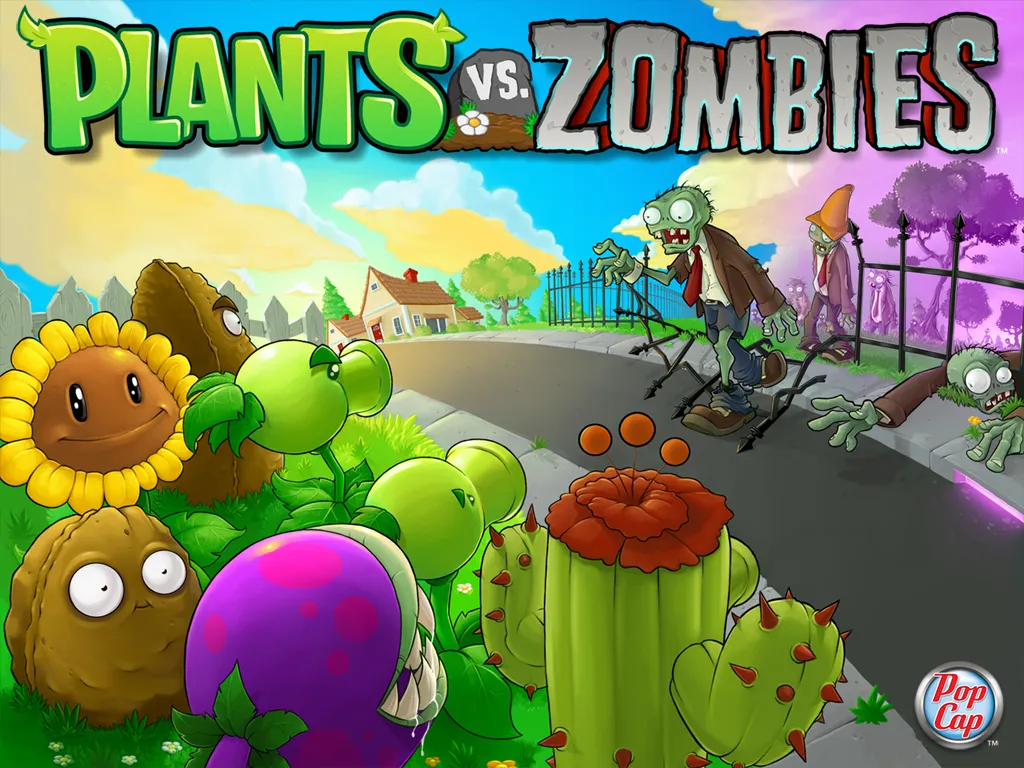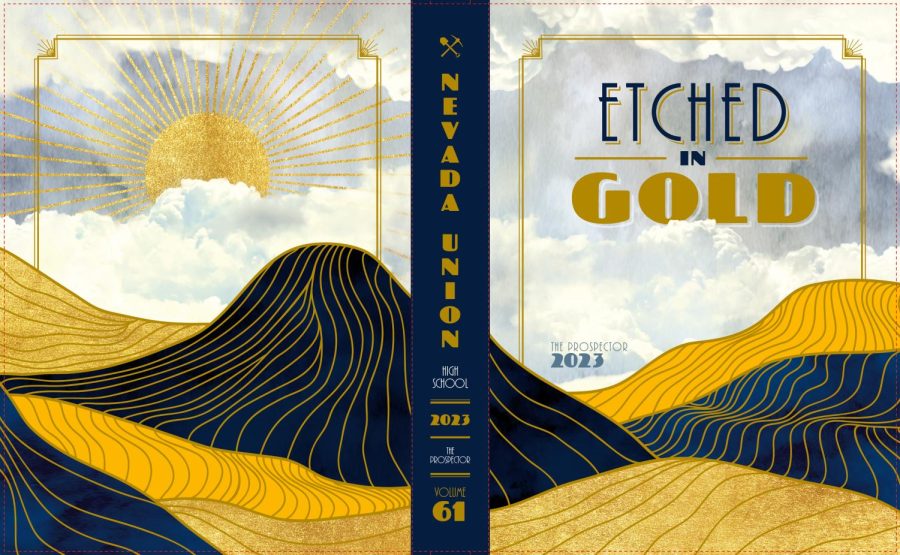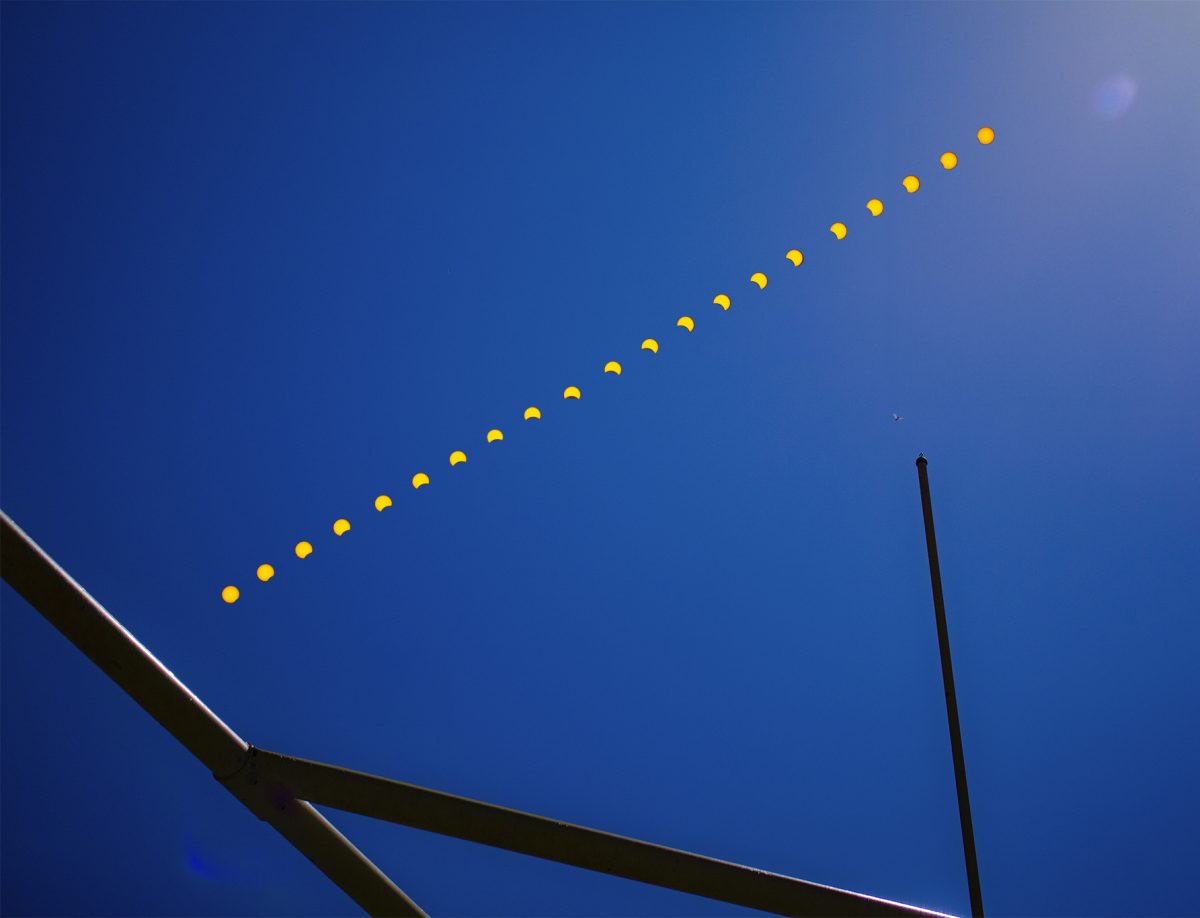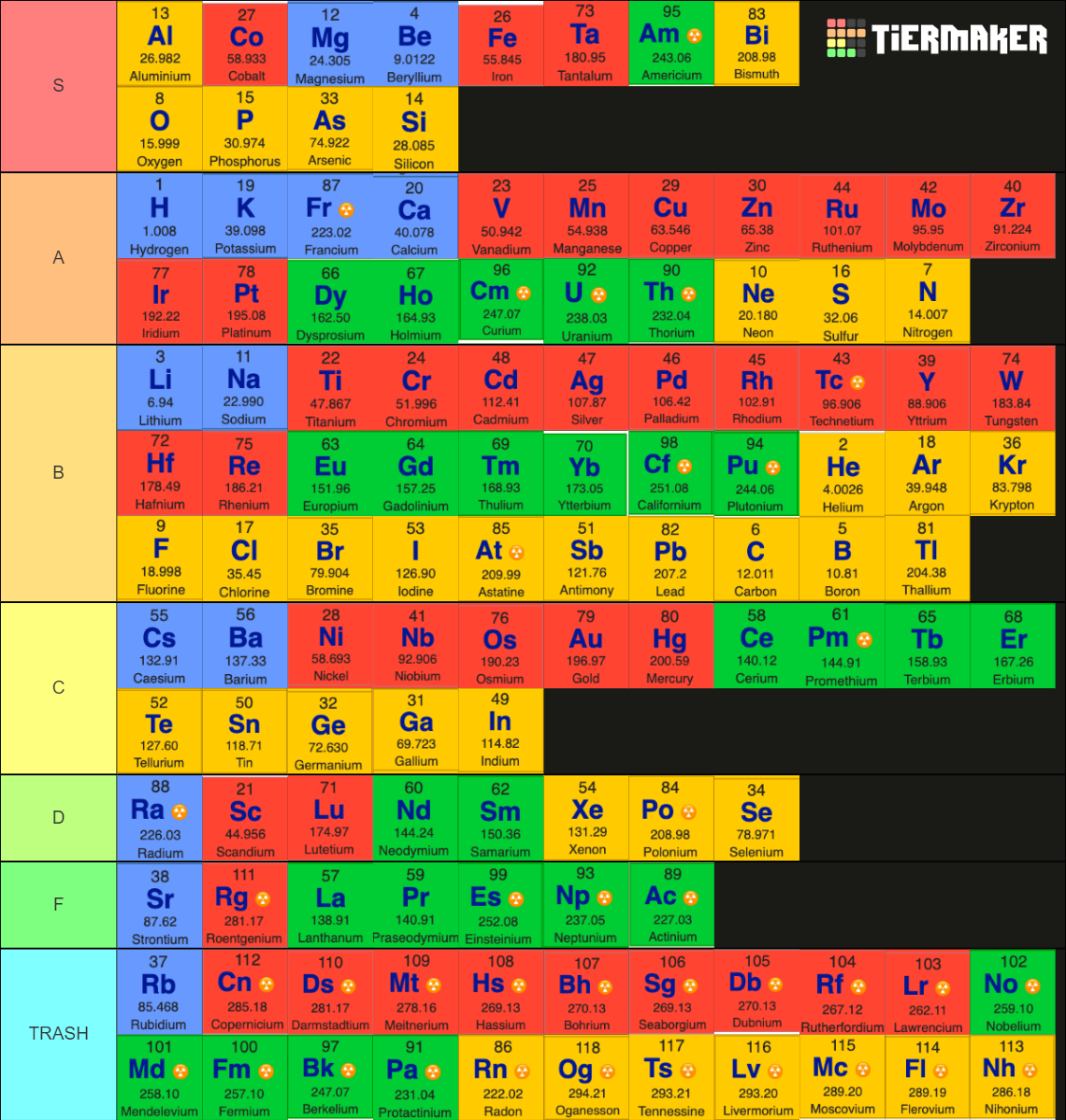Conner Pack (10) captures the eclipse as it is seen from Nevada Union's football field on Monday April 8, 2024.
Eclipse facts
- The solar eclipse occurs when the moon appears to be the same size as the sun and blocks the whole disk, which leads to a period of darkness lasting several minutes depending where you are located.
- The day before the eclipse the moon will come closest to the earth this month, which means on eclipse day the moon is approximately only 223,000 miles away.
- The eclipse on April 8, 2024 was a total solar eclipse. It projected over most of America and some areas were completely dark, like in certain parts of Texas.
- NASA estimates that there are about two to three solar eclipses each year, and total solar eclipses where the moon completely covers the sun only happens about two times every three years.
- Lunar eclipses only occur during a full moon.
- ‘Syzygy’ is the term for when the earth, sun and moon align.
- ‘Totality’ is the term used when the moon is completely darkened.
- There are three types of lunar eclipses: total, partial and penumbral.
- Refraction causes the moon to look red during an eclipse.
- Eclipses will be different in several million to a few billion years.
- The longest duration for a total solar eclipse possible is 7.5 minutes
Facts taken from NASA.gov and astronomy.com

























Kevin • May 31, 2024 at 9:56 am
Zoey Stueck claimed “‘Totality’ is the term used when the moon is completely darkened.”, on this article, under the Eclipse Facts section (7th fact.), but it’s actual meaning is “The maximum phase of a total solar eclipse, during which the Moon’s disk completely covers the Sun’s bright face.”, or in other words, “When the Sun is fully darkened by the Moon crossing it’s path.”
https ://eclipse.aas.org/eclipse-america/eclipse-glossary#:~:text=Totality%3A%20The%20maximum%20phase%20of,covers%20the%20Sun’s%20bright%20face. (Scroll to “Totality” Definition.)